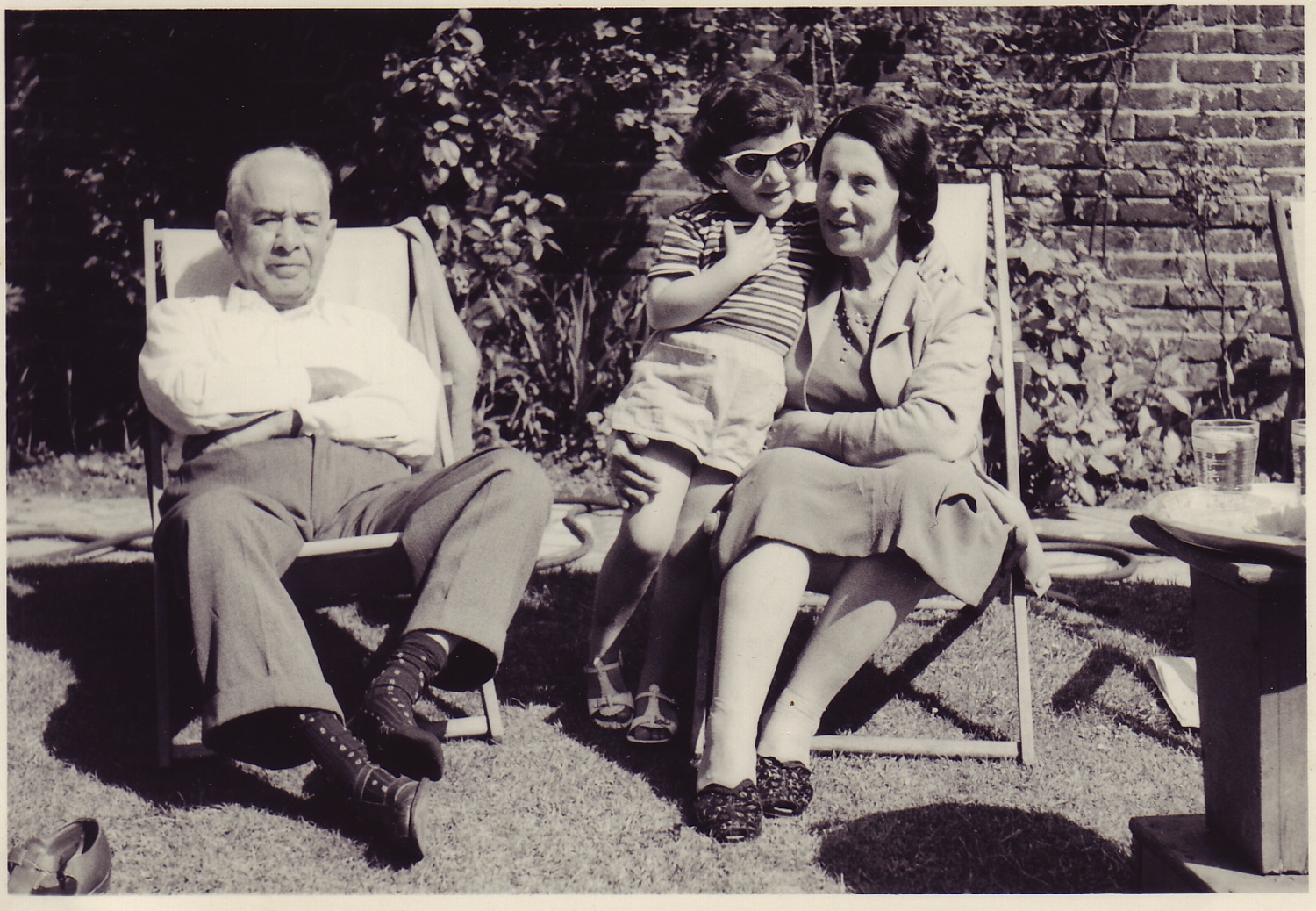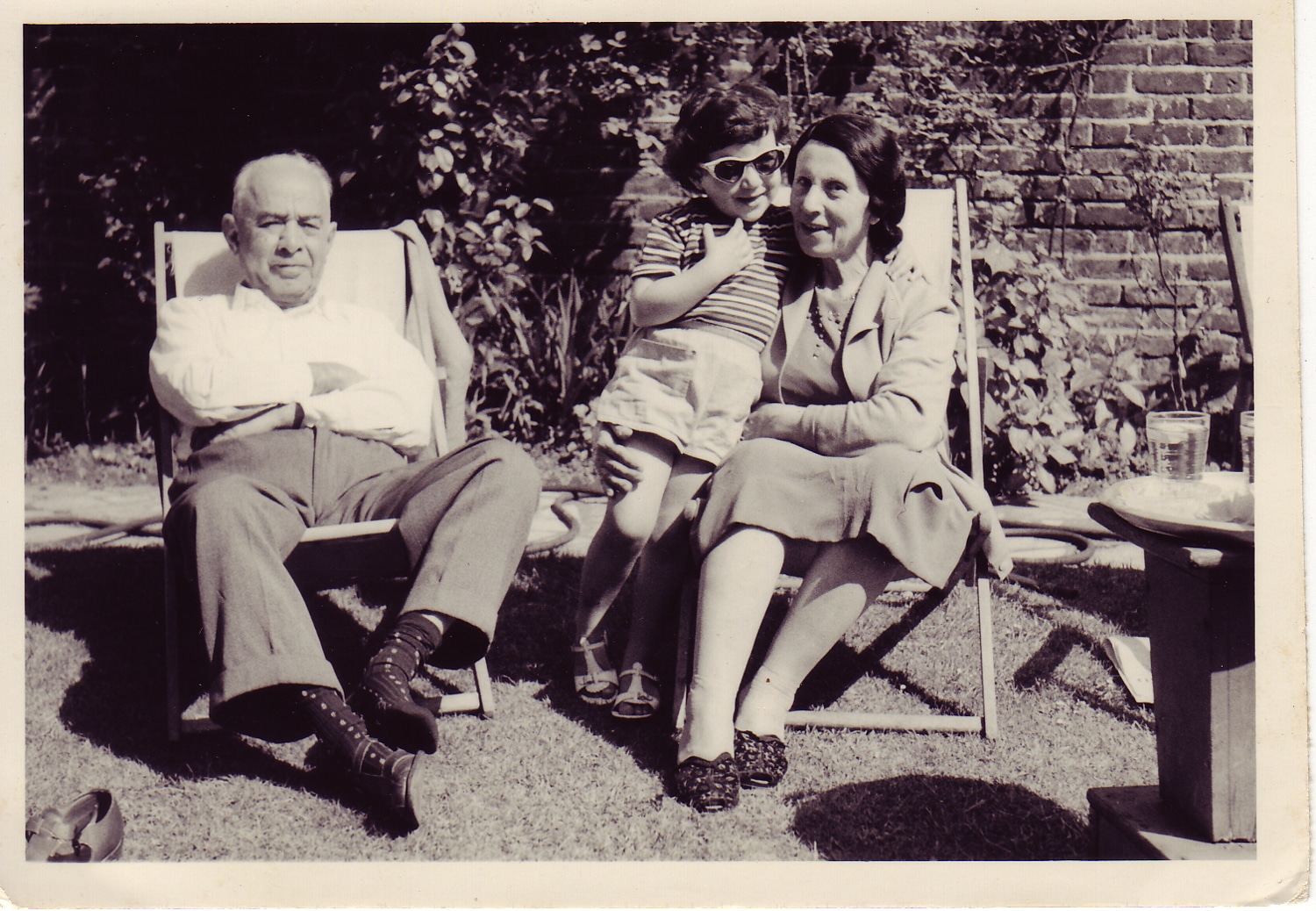It was exactly 40 years ago when, as a student in Venice, I first encountered a phenomenon that I found both simultaneously attractive and ludicrous. Walking along the Zattere – a waterfront promenade – in late Autumn there were groups of young Italian guys hanging out and people watching. These guys were cool, and they were all wearing sunglasses. 40 years ago this was quite a novelty for me, coming from London where sunglasses were purely a summertime accessory.
Below – student life in Venice. Me & Rossano enact a filmic Godard-like scene, complete with indoor sunglasses, winter 1979:

Over the years this has somewhat changed. Indeed I’ve just treated myself to a pair of prescription sunglasses. Rather than wait till next summer I decided to go for it now, despite the fact the days are short and it is getting dark by 4pm. I’m happy I have them because they give my eyes a rest from wearing contacts and being varifocal I can read books and see well into the distance. I’m a habitual sunglasses wearer; whilst out and about I often wear sunglasses over my contact lenses to help prevent debris flying into my eyes, as well as for for UV protection. But the truth is I’ve always been into sunglasses as a fashion item.

Wearing my new glasses indoors however feels problematic even though I personally can see quite well with them even in the sombre London Underground. The connotations of wearing sunglasses indoors are invariably negative unless you are visually impaired or blind – being pretentious or affected, or a wannabe celebrity. Iconic indoor sunglass wearers in the fashion industry include the late designer Karl Lagerfeld and Vogue editor Anna Wintour. Or as my friend Gaby puts it, you are either a musician or a twat.
My personal favourite is Marcello Mastroianni in Fellini’s film La Dolce Vita. He stars as Marcello Rubini, the original paparazzo, and he wears sunglasses both indoors and at night. The film dates from 1959 and also stars a very stylish Anouk Aimee who wears cat eye sunglasses at night. The Marcello character is understood to be an extension the Moraldo Rubini character of Fellini’s earlier film I Vitelloni. One of the themes of I Vitelloni is Italian masculinity and extended adolescence, where the characters are ineffectual, passive and dependent. In Jacqueline Reich’s book Beyond the Latin Lover – Marcello Mastroianni, Masculinity and Italian Cinema she develops the theory of the figure of the inetto – Italian for inept – which lies behind these representations of hyper-masculinity .
Funnily enough I’ve recently finished reading French Exit by Patrick Dewitt. In the book Malcolm, the eccentric, grown son of the lead character, also wears sunglasses indoors. Inside a restaurant he would not remove his sunglasses. He would order his eggs “really loosely scrambled” then drown them in tomato juice. It feels as if the indoor sunglass wearing adds to his weirdness and social awkwardness. Indeed, if intended to be worn as a mask, it does not hide his dysfunction.
Below a self-portrait image capture from about 10 years ago. I’m not sure why I am wearing these sunglasses indoors – possibly because I really liked the coffee and cream frames. I remember feeling really bereft for days after I lost them. I know exactly where I dropped them – at Barclays Bank in Golders Green!

This is the earliest picture I have found of myself wearing sunglasses. The photo was taken in London’s Stamford Hill and I am cuddling up to my grandmother and wearing her sunglasses which have a dramatic cat-eye frame. This photo dates from approximately 1961:

In the photo below, taken in the late 60s, I am with my brother and father at the Bahai Gardens, in Haifa Israel, a holy site of the Bahai faith. I am about ten years old and in full on Mary Quant mode. I’ve recently attended the Mary Quant exhibition at the Victoria & Albert Museum and realise how much my choice of this outfit was influenced by her designs. I’m in a turquoise culotte mini dress which has a large circular zipper puller at the front. My sunglasses have thick plastic frames in a matching shade of turquoise. Although I now think my father looks rather stylish, I remember dismissing his look as old-fashioned and stuck in the 50s. Ironically I have relatively recently bought some tortoiseshell Persol shades that uncannily resemble his:

Ironically I have relatively recently bought some tortoiseshell Persol shades that uncannily resemble my father’s retro look. Below, a picture of me and my son Rafi outside Bar Italia in Soho in 2017, where we both unwittingly turned up in tartan:

Next a selection of documentary and street photographs I have taken that are inspired by sunglasses:
Jesus in Sunglasses – Tee shirt seen in LA, 2017:

Seen in Soho, London, 2018. I also like the added stickers on the lenses which lend the image an unseen human touch:

This woman had customised her shades with Extinction Rebellion stickers, Trafalgar Square 2019:

A graffiti stencil of some cat- eye shades under a sign in Hebrew and Arabic for tree protection, Tel Aviv, 2019:

Nana in pink sunglasses, Tel Aviv 2015:

Also seen in Tel Aviv, 2019 – facades and reflections:

Some more street abstracts involving sunglass lenses and reflections of London streets:


A couple from the memorial garden dedicated to music George Michael. The garden no longer exists and was a temporary shrine outside his Highgate home:


And back to Venice:
Reflected Venetian architecture in this woman’s steampunk goggles, 2018:

The Grand Canal reflected in my husband’s Persol shades, February 2016:

Mario at Carnival, February 2017:

Finally a photo I took back in 1980. This is Mario again (on the left), Luca in the foreground and Rossano. We went to Bologna for the day to see The Clash and Lou Reed perform in Piazza Maggiore. This photo was taken by the Neptune Fountains in a neighbouring square:

